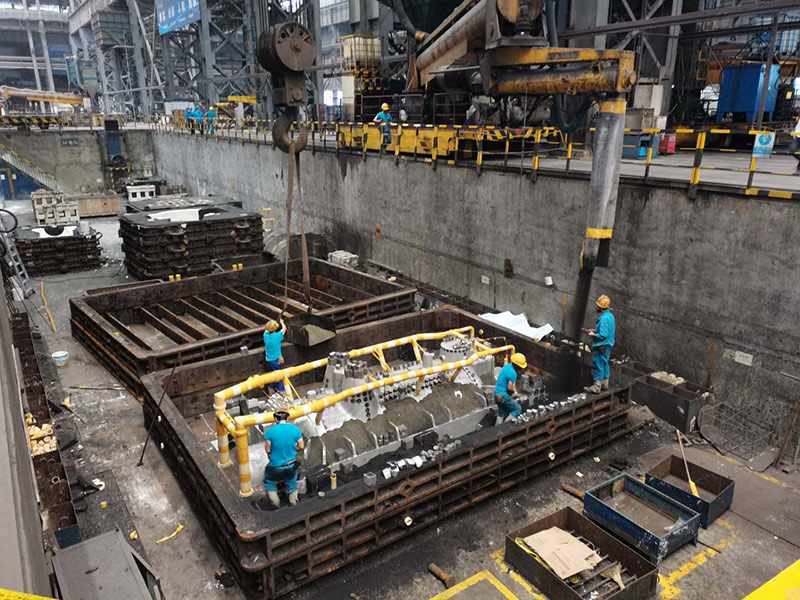Can You Sand a 3D Print?
3D printing has revolutionized the way we create and manufacture objects, providing immense opportunities for designers, hobbyists, and engineers alike. However, while 3D printing allows for rapid prototyping and production of complex shapes and designs, the process doesn't always result in smooth and polished final products. This brings us to an important question for those who work with 3D printed items Can you sand a 3D print? The answer is yes, but there are several factors to consider when sanding to ensure optimal results.
Understanding the Materials
Before delving into the sanding process, it’s crucial to understand the materials involved in 3D printing. The most commonly used filament for consumer-grade 3D printers is polylactic acid (PLA), a biodegradable plastic that is easy to print and offers detailed finishes. Other materials such as acrylonitrile butadiene styrene (ABS), nylon, and PETG are also popular among users, each with unique properties. For example, ABS can better withstand high temperatures but is more challenging to print due to warping issues.
Depending on the material you've chosen for your print, the sanding process might vary. PLA generally sands well and can be smoothed effectively, while other materials may require different techniques.
The Sanding Process
1. Initial Preparation Before sanding, it's essential to prepare the printed object. Remove any support structures and sprues that may have been left from the printing process. Cleaning the surface and ensuring it is free of dust and debris will provide a better foundation for sanding.
2. Choosing the Right Sandpaper The grit of sandpaper plays a significant role in the smoothing process. For initial sanding, coarse grit sandpaper (around 80-120 grit) is recommended to remove any significant imperfections. Once you’ve shaped the surface sufficiently, you can move on to finer grits (220-400 grit) to achieve a smoother finish.
can you sand a 3d print

3. Sanding Technique When sanding, it's advisable to move in consistent patterns, applying light pressure to avoid gouging the plastic. A circular or back-and-forth motion can help in achieving an even surface. Take care around details or intricate areas where too much sanding can result in loss of definition.
4. Checking Your Progress Continuously check your work as you sand. Dust created from sanding can obscure your view of the surface, so it’s helpful to periodically wipe it with a cloth or blow away the dust to see your progress.
5. Finishing Touches Once you reach a satisfactory smoothness with the fine grit sandpaper, you might want to apply a primer or a coating to enhance durability. Some users opt for epoxy resin or spray paint to give the print a polished look and add a layer of protection.
Additional Techniques
While sanding is a popular method for finishing 3D prints, there are alternatives worth considering. For example, heat can be used to smooth ABS prints, as applying heat can cause the surface to slightly melt, leading to a smoother appearance. This technique, often referred to as abs smoothing, involves using a vapor of acetone to achieve a polished finish. However, this method requires careful handling due to the flammability and risks associated with using chemicals.
Another alternative is chemical smoothing, applicable to specific materials like PETG. Chemical solutions can be utilized to dissolve the outer layer of the print, resulting in a smoother appearance without the manual labor of sanding.
Conclusion
In conclusion, sanding a 3D print is not only possible, but it is also a beneficial process for achieving a finished look to your projects. While the method may vary depending on the material and desired outcome, proper preparation, the right tools, and effective techniques can lead to fantastic results. Whether you are creating intricate models, functional parts, or artistic works, mastering the art of sanding can take your 3D printing projects to a new level of professionalism and aesthetic appeal. Embrace sanding as a valuable skill in your 3D printing journey, and explore the endless possibilities it offers for enhancing your creations!
Post time:ធ្នូ . 20, 2024 18:16
Next:casting sand suppliers
